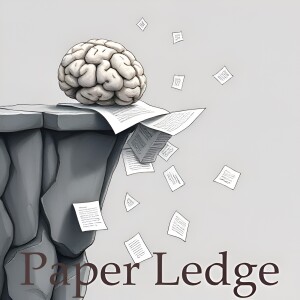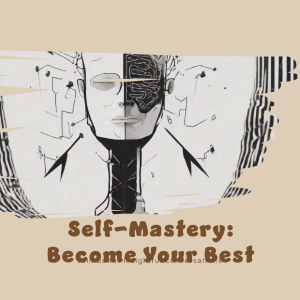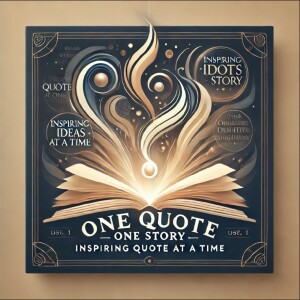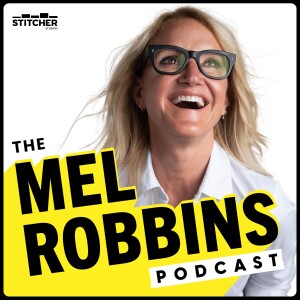

Computer Vision - Stitch Training-Free Position Control in Multimodal Diffusion Transformers
Hey PaperLedge crew, Ernis here, ready to dive into some seriously cool image generation magic! Today we're unraveling a new technique called Stitch, and trust me, it's a game-changer for AI image creation.
So, you know how those AI image generators are getting ridiculously good? You can type in "a cat wearing a hat," and boom, instant feline fashionista. But what if you want something more specific, like "a cat wearing a hat above a dog eating a bone"? That's where things get tricky. Getting the AI to understand and perfectly execute those spatial relationships - the "above," "below," "to the left of" - has been a real challenge.
Think of it like this: imagine you're trying to describe a scene to a friend over the phone. You might say, "There's a red car next to a tall building." Easy enough. But what if you want to specify, "The red car is slightly in front of the tall building, but to the right of the entrance"? Suddenly, it's a lot harder to visualize accurately. That's the problem AI image generators face, but on a much more complex scale.
Previous attempts to fix this involved adding extra controls to the AI, kind of like giving it a GPS for objects. But as the AI models got fancier and produced higher-quality images, these old control methods stopped working. They just weren't compatible with the new tech.
That's where Stitch comes in. It's a brilliant, training-free technique that lets us inject spatial control into these advanced image generators. It's like giving the AI a precise set of instructions without having to retrain the entire thing!
Here's the gist: Stitch uses automatically generated bounding boxes – think of them as invisible boxes drawn around where you want each object to appear in the final image. The AI then generates each object within its designated box, and then "stitches" them all together seamlessly. It's like creating a collage, but the AI does all the cutting and pasting!
The really clever part is how it does this "cutting" mid-generation. The researchers discovered that certain parts of the AI's "brain" – specific attention heads – already contain the information needed to isolate and extract individual objects before the entire image is even finished. This is pure genius!
To prove how well Stitch works, the researchers created a new benchmark called PosEval. Think of it as an obstacle course for AI image generators, designed to test their ability to handle complex spatial relationships. It's way more challenging than existing tests, revealing that even the best models still have a lot to learn when it comes to position-based generation.
- Imagine tasks like accurately placing multiple objects in specific arrangements, or understanding relative sizes and distances. PosEval puts these AIs through their paces!
The results are stunning. Stitch significantly improves the spatial accuracy of top models like Qwen-Image, FLUX, and SD3.5. In some cases, it boosts their performance by over 200%! Plus, it allows Qwen-Image to achieve state-of-the-art results. And the best part? It does all of this without needing any additional training.
"Stitch consistently enhances base models, even improving FLUX by 218% on GenEval's Position task..."So, why does this matter? Well, for artists and designers, Stitch offers a new level of precision and control over AI image generation. For businesses, it opens up possibilities for creating highly customized marketing materials and product visualizations. And for researchers, it provides a powerful tool for exploring the inner workings of these complex AI models.
Imagine being able to design a room layout with perfect precision, or create a photorealistic rendering of a product with specific elements placed exactly where you want them. Stitch makes these possibilities a reality.
Here are some questions that pop into my head:
- How might Stitch be used to create more personalized and engaging educational content?
- Could this technique be adapted to other areas of AI, such as video generation or 3D modeling?
- What are the ethical implications of having such precise control over AI image generation, and how can we ensure it's used responsibly?
You can find the code and more details on Github (https://github.com/ExplainableML/Stitch). Definitely worth checking out! That's all for today's episode. Keep exploring, keep learning, and I'll catch you next time on PaperLedge!
Credit to Paper authors: Jessica Bader, Mateusz Pach, Maria A. Bravo, Serge Belongie, Zeynep Akata
More Episodes
All Episodes>>Create Your Podcast In Minutes
- Full-featured podcast site
- Unlimited storage and bandwidth
- Comprehensive podcast stats
- Distribute to Apple Podcasts, Spotify, and more
- Make money with your podcast












